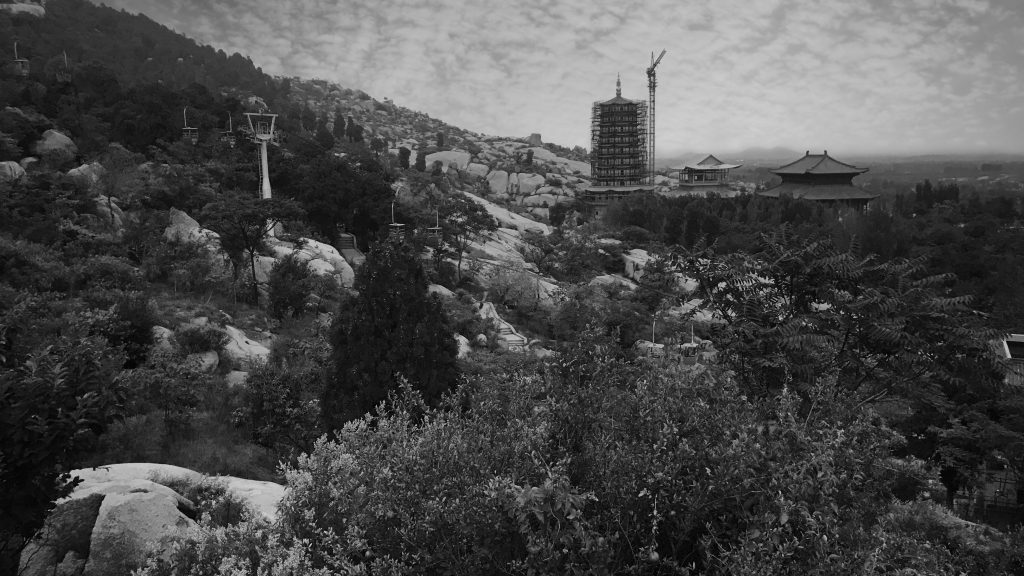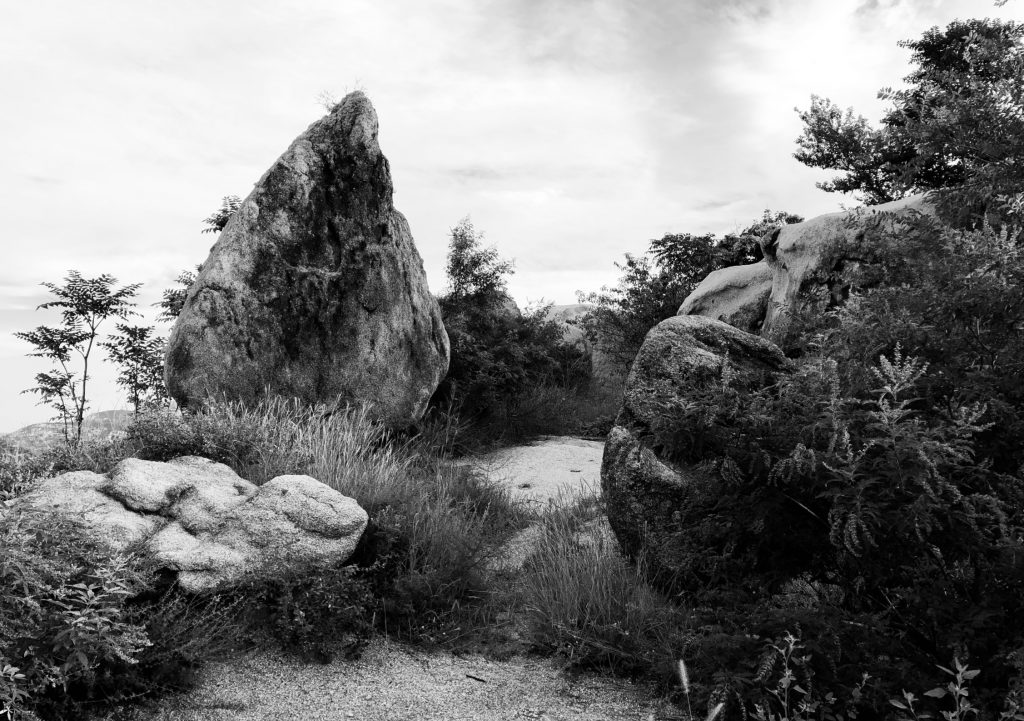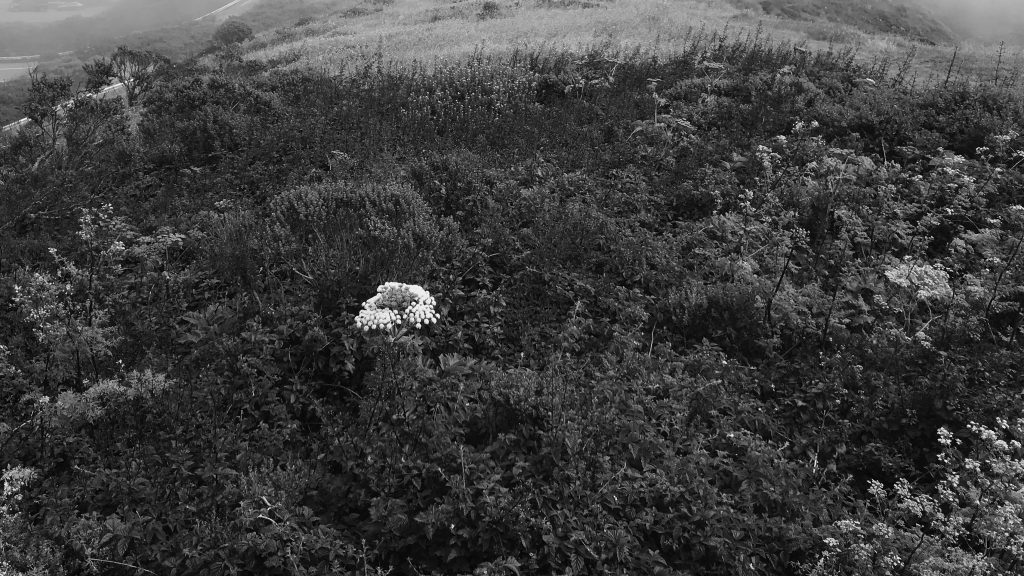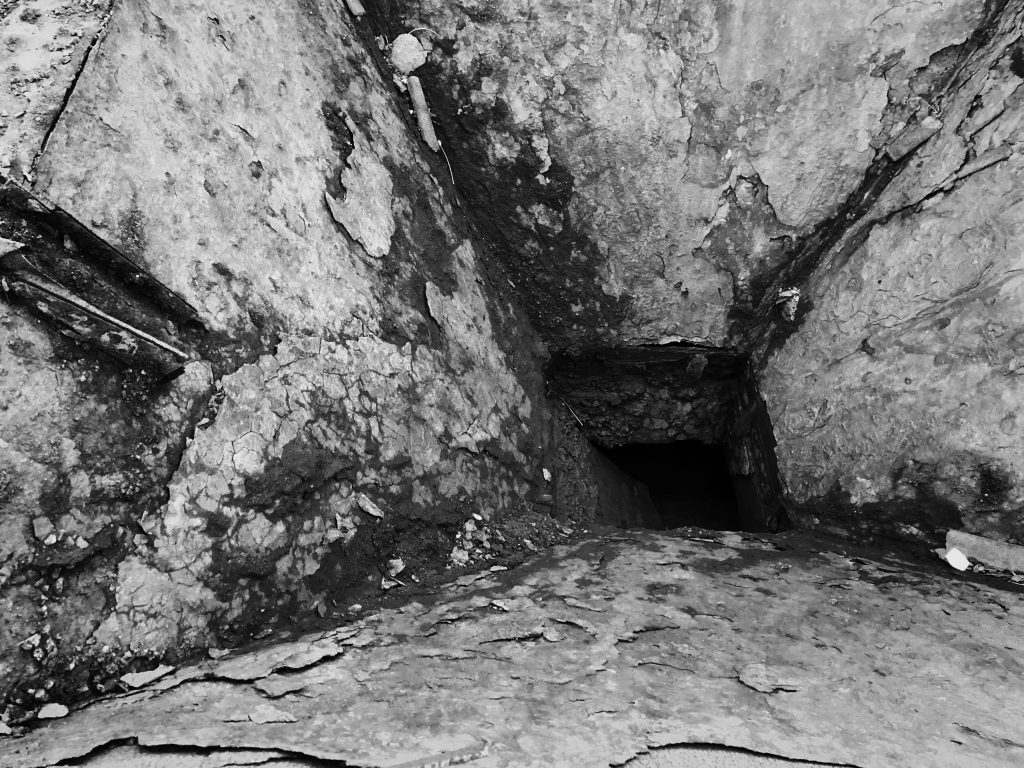From the 18th to the 20th century, the Qing Empire in Shandong (China) faced local uprisings and pressures from European imperial forces. Amid the shadowy mountain streams and rugged rock walls, the gentry, wandering Taoists, and martial practitioner formed associations, their power clashed and intertwined with imperial forces and the Qing Dynasty.
“The Shadows of the Temples” portrays an unpredictable encounter between a “ghost” and a young man. The tale unveils the shifting history and folklore of several temples in Southern Shandong. These temples were birthplaces of the folklore and witnessed the collapse of the feudal empire, imperial invasion, and its transformation into a tourist destination.
Zhang sneaks into the dilapidated stone staircase, seeking to touch the lingering echoes of past body rituals and mysterious recitations in the valleys and capture the stories of rituals and wars that are imprinted on the jujube trees and cliffs. Guided by the secret historical images, maps, and oral stories, Zhang wandered by memories, until he discovered the “hidden sites” of the “ghost ” mentioned.
.
《寺之影》描述了一个“影子”与年轻人的意外相遇,通过这个虚构的故事,艺术家回溯了数个位于山东鲁南地区有关庙宇的经历。
18世纪至20世纪,中国清王朝处于地方起义,欧洲帝国势力碰撞的时刻,山东地区的乡绅,流浪的道士以及习武者于山涧,岩壁处,修行,习武与结社,他们与帝国势力,清王朝相冲突,缠绕。这些寺庙附近的场所为民间信仰结社之发端,先后经历着封建帝国的崩溃,帝国主义之冲击以及现代旅游业的改造。
张从未命名的,破旧的石梯潜入,他尝试于山谷间隙中,触碰那些粘滞着身体经验与神秘朗诵的回响,于崖壁枣树上,捕捉那些盘踞着仪式和战争的传说。以隐秘的历史图像,地图和口述故事为线索,沿记忆向前,他试图寻至故事中“影子”的“隐匿之所”。






